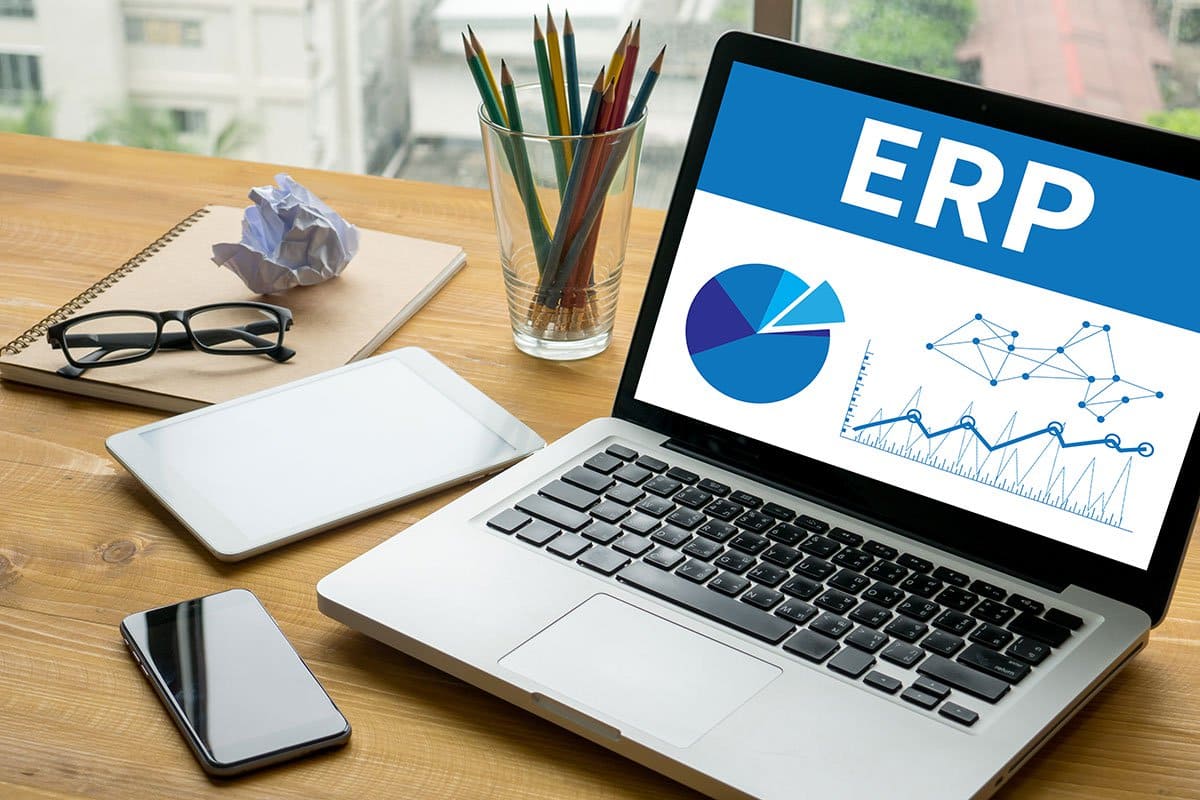Pat Garrehy, Rootstock Software, Founder and CEO
Why Organizations Should Invest in Cloud-Based ERP Systems
By now, you’ve probably read something about the quantitative benefits of moving to a cloud-based ERP model. Growing revenues, creating business efficiencies, aligning the various departments of your company into a cohesive unit. These and other lofty goals have been discussed extensively.
And while that information is a good starting point, the truth is that every company has a unique set of circumstances; you’ll require your own way to justify a major project. In general, a good approach is to look at the investment from both the quantitative and qualitative perspectives.
In this post, we’re going to focus on the quantitative side.
Part 1: Quantitative Benefits
The first thing most companies examine – probably because it’s pretty black and white – is how much inventory reduction they will obtain with a more effective ERP system. Industry analysts generally agree that between a 20 to 30 percent reduction is achievable with improved management of raw material, parts, WIP and finished goods. Even if the improvements are only half of that – 10 to 15 percent – this still results in significant savings for you.
One of our customers, 1st Light Energy, used greater visibility into current inventory levels and transparent procurement processes to reduce carried inventory by over 15 percent in the first year. The company was able to identify obsolete inventory and, despite growing substantially, cut inventory levels further in the second year after going live.
The ability to improve inventory management was a primary reason why Unionwear, a maker of custom ball caps, tote bags, and apparel, also moved their ERP to the cloud. Their primary raw material is fabric, required in a multitude of colors and types. It is not only critical to plan precisely the amount of material required for production but to know exactly what is available for production at any given moment, because any time spent looking for material or having extra material that may never meet the needs of a future customer impairs Unionwear’s mission to create customer value.
Forecasting and scheduling improvements, resulting from an effective ERP system, will have a positive impact on purchased materials and components. Purchasing departments find they can provide firmer commitments, with predictable lead times, to the company’s vendors. This gives them the leverage to negotiate better terms, which can lead to five percent cost reductions.
A third, often overlooked, benefit is the opportunity to reduce direct and indirect labor costs in the production area. Direct labor savings flow from improved scheduling that balances workload and minimizes overtime. If your manufacturing firm is currently using a combination of a standalone solution for financials in conjunction with spreadsheets, you’ll be shocked (or maybe not) by how much time is being burned feeding the spreadsheet system and emailing documents as a substitute for a real work flow system. Indirect labor savings resulting from modern ERP systems add up quickly. Most industry analysts believe that a ten percent reduction in labor costs is easily achievable.
The last quantitative area to discuss is accounts receivable. When you have the ability to produce error-free and timely invoices, the turns on receivable can be improved around five percent, resulting in a significant improvement in cash flow.
Again, each company is unique. A company with years of experience in implementing incremental manufacturing operations improvements may see savings below industry averages. On the other hand, if the company has been growing and using minimal production support systems, it may see higher than average savings. Some companies may find additional areas of the business that will yield significant cost savings. The best advice when developing your economics is to be consistent, be realistic, and develop a real-world narrative around each savings category.
Next time, we’ll take a look at the equally useful, but harder to generalize, qualitative benefits of transitioning to cloud-based ERP.







